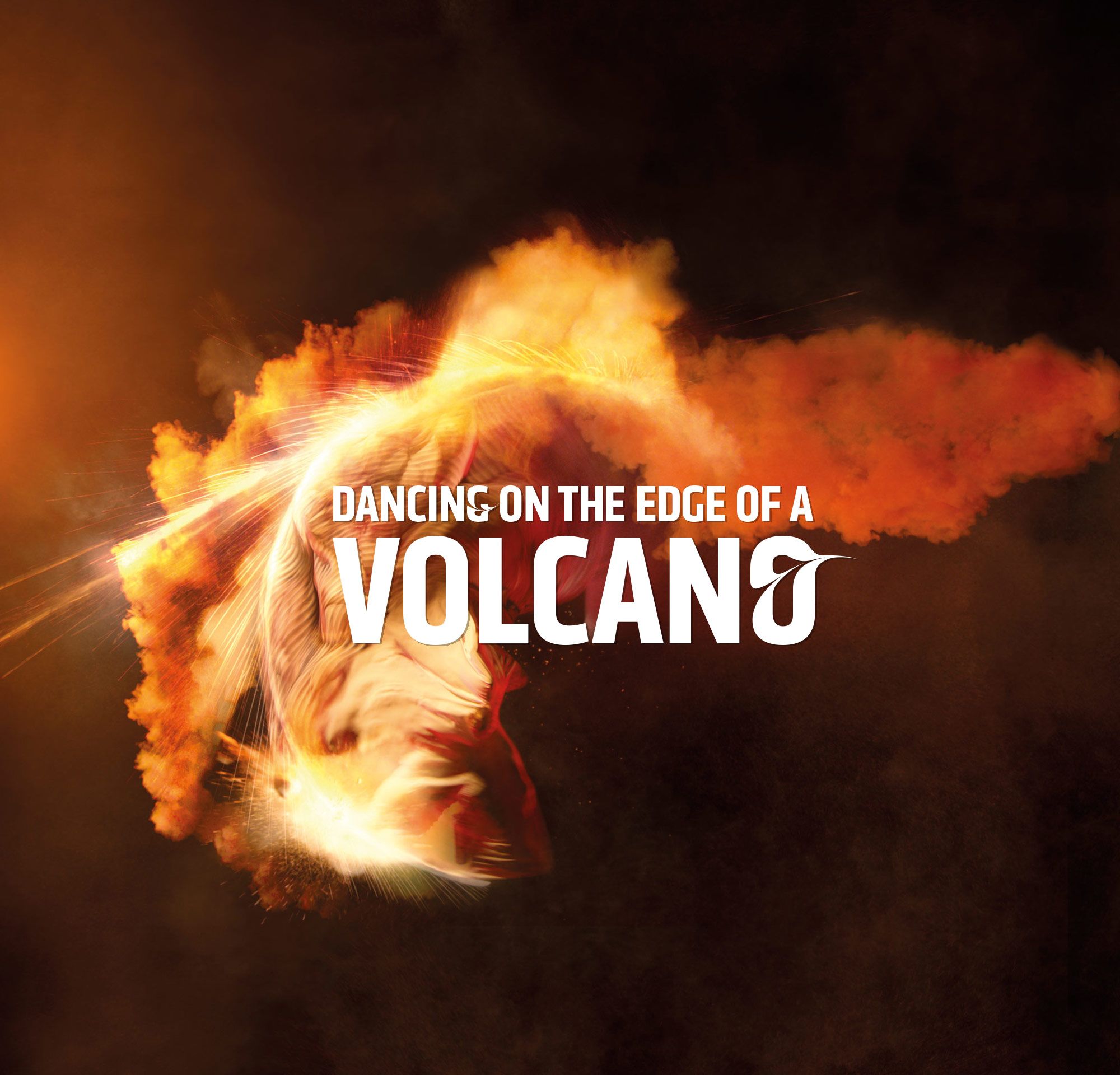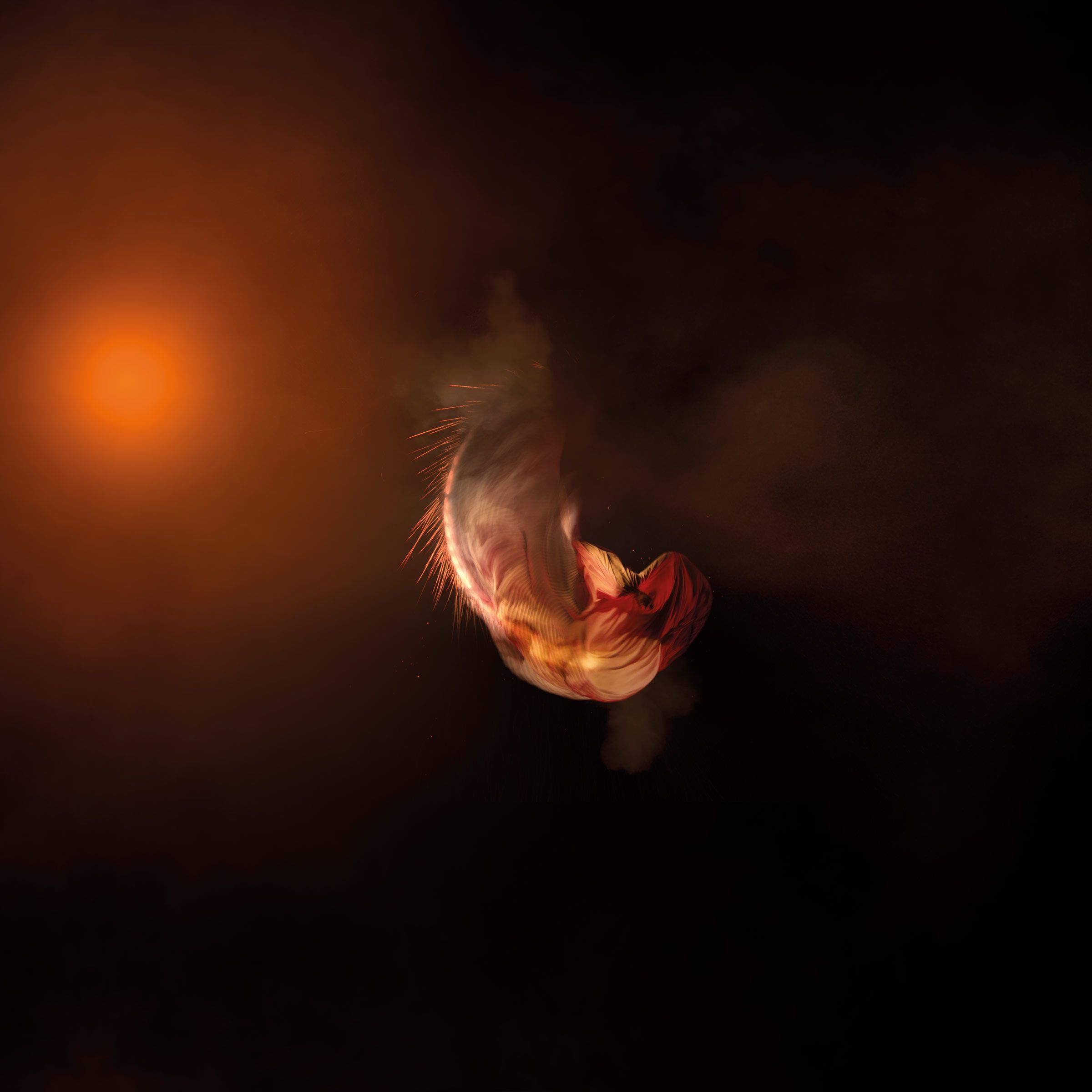
‘It was a time of simultaneous opposites, a time of irony, the necessarily aslant stance of volcano dancers, away from the heat and the fall.’
Alban Berg was in Munich when, on 27 February 1933, the Reichstag in Berlin was set ablaze. In a letter home to his wife, he observed that, nevertheless, nothing could stop the Bavarians enjoying their carnival: ‘Dancing on a volcano!’
It was not a new image, but it has come to be associated particularly with the period between the two world wars of the 20th century, a time of hectic innovation and increasing danger – an era, one may say, not too unlike our own.
If we want to know what it felt like, the music of those years can tell us. It felt wild (Stravinsky) and sombre (Sibelius). It felt delirious (Ravel) and edgy (Weill). It felt buoyant (Shostakovich) and forced (Shostakovich again). It felt new (Varèse) and old (Rachmaninoff). It was a time of simultaneous opposites, a time of irony, the necessarily aslant stance of volcano dancers, away from the heat and the fall.
Music had heard the eruption of the 1914–18 war coming. Mahler foretold it in 1910, in the massive climactic dissonance of his Tenth Symphony. Stravinsky’s Rite of Spring, just three years later, pre-echoed the noise of the heavy machinery that would soon be stirring the mud of battlefields. Berg’s own Wozzeck, begun during the war by a composer who was a serving soldier, told how much was at stake: not just great empires but basic human values.
By the time Berg’s opera reached the stage in 1925, it was riding a great tide of new conceptions. Atonality, which before the war had hardly reached beyond the circle around Berg’s teacher Schoenberg, was now everywhere. At the same time, composers such as Bartók and Szymanowski were discovering non-traditional scales, rhythms and colours. Alternative models could equally be found deeper back in European history, in the music of the Baroque, whose pulsing rhythms accorded so neatly – not least in a Stravinsky piece like his 1936 ballet Jeu de cartes – with those of jazz.
There were also composers who strove to maintain the forward drive of the pre-war years. Varèse did this in such works as his Ionisation, scored for a percussion orchestra. Setting off from Paris for New York in 1915, Varèse headed a long queue of immigrants: some exiting communist Russia, like Rachmaninoff and Prokofiev; some forced out of Nazi Germany, as Kurt Weill was; others, like Stravinsky and Bartók, refugees from the new war that broke out in 1939.
The United States provided not only a welcoming haven but a place of new opportunity. That was the spirit in which Varèse became an American composer. It was the spirit, too, that allowed Copland and Gershwin to create a distinctively American sound, part classical, part jazz.
Russia had a volcano all its own. The rumblings can be felt through Shostakovich’s 1930 ballet The Age of Gold, and they go on into his post-war First Violin Concerto. Russian composers were masters of volcano-dance irony – not only Shostakovich but also Prokofiev, whose Third Piano Concerto, which he completed in 1921 in the US, is full of it.
In Russia as in Germany, tension was raised by how the local dictatorships imposed themselves on the arts. Soviet composers were expected to support the Stalinist myths of equality, progress and universal joy. Nazi restrictions were more brutally straightforward: no Jewish composers, no modernists. Weill, whose music had given voice to all the contradictions of volcano dancing, incorporating jazz and neo-Baroque idioms, popular song and opera, left Berlin soon after the Reichstag fire. Zemlinsky departed the following month, having given the great Viennese symphonic tradition a disconcertingly happy coda in his Sinfonietta of 1934.
Weill and Zemlinsky both received the unintended honour of inclusion in the Nazis’ 1938 exhibition of ‘entartete Musik’ (degenerate music), along with Berg, Stravinsky and also Hindemith, who had brought humour and parody into his music in the 1920s. As matters became more serious, so did Hindemith’s music. His symphony Mathis der Maler, a homage to Matthias Grünewald as an artist pursuing an inner vision in hazardous times, was performed by the Berlin Philharmonic in 1934, but in 1936 Hindemith’s music was banned, and in 1938 he left Germany. The Nazis were, however, prepared to favour success, as in the case of Orff’s Carmina Burana, first performed in 1937.
Responses from senior composers were diverse. Sibelius’ productivity petered out, leaving his tone poem Tapiola staring into emptiness. Rachmaninoff, too, was set off balance for almost a decade by the loss of his homeland, before he could re-find it in his imagination. And then we have Janáček, insisting in the radiant music of his later years that paths would be found down from the volcano, and away
Paul Griffiths has been a critic for nearly 40 years, including for The Times and The New Yorker, and is an authority on 20th- and 21st-century music. Among his books are studies of Boulez, Ligeti and Stravinsky. He also writes novels and librettos.




Discord, darkness, defiance. Our 2020/21 season. Browse concerts here: https://lso.co.uk/whats-on/2020-21-se...
Priority booking week begins on Monday 2 March 2020 for LSO Ambassador Friends, and on Wednesday 4 March for Benefactor, Associate and Supporter Friends.
Public booking opens on Monday 16 March 2020.
Click here to find out more on how to become an LSO Friend and take advantage of priority booking for the next LSO season before tickets go on sale to the public.
Announcing our 2020/21 London concert season at the Barbican, below is our new film set to the last moments of Stravinsky’s Rite of Spring, conducted by Sir Simon Rattle.
He was filmed conducing in concert and his baton movement was captured, and used to choreograph a dance sequence following his movement.
The dancer and choreographer Ella Robson Guilfoyle was filmed dancing with fabric, flares, chalk and smoke.
These layers of footage were combined to create this film.
Visual Identity and Concept: Superunion
Feature artwork and photography: Found Studio
Choreography and dance: Ella Robson Guilfoyle

